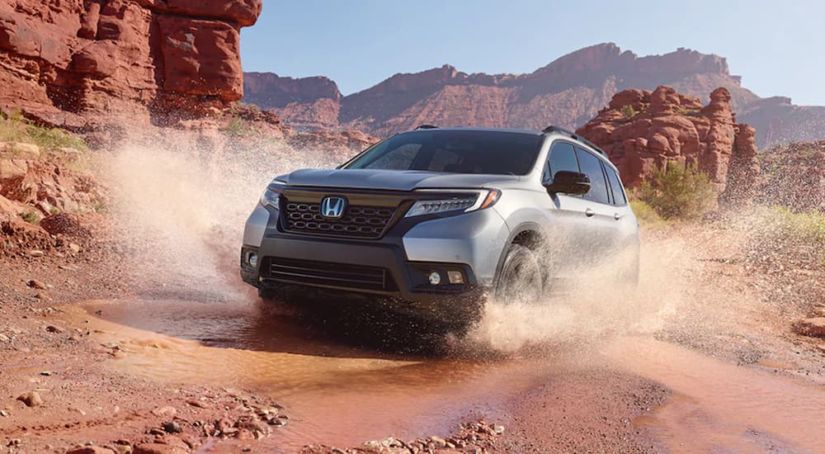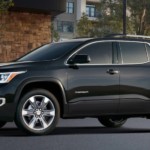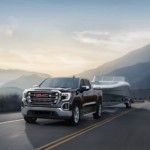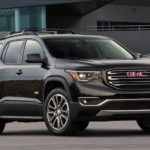It’s now been just over a year since Honda first unveiled their North American exclusive 2019 Honda Passport at the 2018 L.A. Auto Show. Intended to rival the likes of the Ford Edge and Nissan Murano, this updated version of the Pilot was less “twenty-five-year-old revival” and more diminutive version of Honda’s evergreen favorite, the Pilot. And if you think that’s a bad thing, well… we might already be on opposing sides of this piece. But to each their own, right? Let’s see if we can turn things around though because the 2019 Passport is well-deserving of a closer look.
Reintroducing the Passport
Having first entered the domestic SUV market back in 1994 (and having survived through two generations) the Passport had been discontinued back in 2002, in favor of the aforementioned Pilot. But a lengthy hiatus, combined with Honda’s realization that there was room for fleshing out their lineup between the CR-V and Pilot, let to the announcement that the Passport would be reintroduced for the 2019 model year, as a two-row midsize crossover. Unveiled back in late November at the Los Angeles Auto Show, it would earn its fair share of compliments.
MotorTrend, for example, recognized a departure from its lineage with a “rugged design” that “brings more than a touch of adventure to the automaker’s lineup.” Considering the relative accessibility of the Pilot, this kind of commentary must prove a welcome validation, especially if the goal was to create something unique and bold. Sure, there’s something recognizable about the Passport, thanks to its on-brand design—but MotorTrend’s choice of descriptives (“rugged” and “adventure”) are right on point. A blacked-out grille, matte or gloss accents and restyled LED lighting all help to enhance the aesthetic with a sense of refinement, regardless of which trim level you opt for. But that grille, for example, features an eye-catching pattern that pulls the eye inwards to (and outwards from) the badging while working seamlessly with the speared headlamp design, compelling you to take a walk around the Passport. With notes and elements that are more classic SUV (think old school Wagoneer or Land Rover) than a modern crossover, there’s no escaping the implication of offroad readiness.
What Do You Get?
Available in four different trim levels (Sport, EX-L, Touring, and Elite) the Passport comes equipped with the same powertrain as the Pilot, a 3.5L V6 mated to a nine-speed transmission. The resulting 280 hp and 262 lb-ft of torque is a more-than-confident showing, and the option of Honda’s torque-vectoring all-wheel-drive system only serves to make the vehicle more capable. The option of four different drive modes (Normal, Snow, Sand, and Mud) empowers the Passport to direct up to 70% of its torque to the rear wheels, and 100% of that torque to each wheel. It’s tough to argue with that kind of versatility.
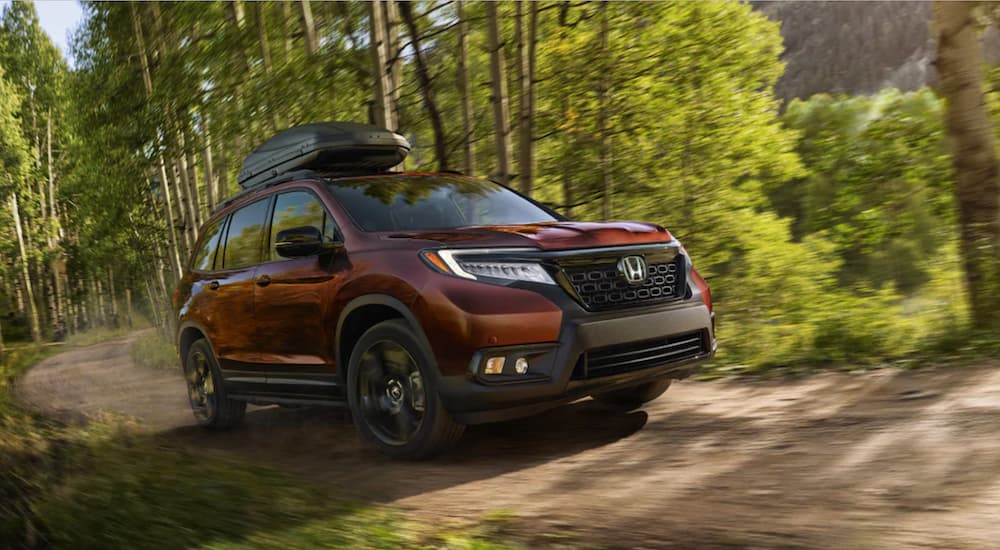
But, despite its ‘overland inspired’ aesthetic, the Honda is equal parts welcoming in-cabin experience and luxury inspired aesthetic. Bridging the gap between its two Honda crossover stablemates, the Passport seats five passengers comfortably, offering expansive head and leg room, with plenty of adjustability in both front and rear seating, a flat floor, and three-zone climate control. Strong material choices prevail through all trim levels, as to tasteful accents, creating a confident look and feel. This is echoed further through the center stack which includes an 8.0-inch touchscreen interface, working in union with a tasteful inclusion of physical controls that strikes, in my opinion, the right balance. Fully connective, the Passport is Bluetooth enabled and supports both Apple CarPlay and Android Auto; opt for the Touring or Elite and you gain the option of WiFi and built-in navigation. In other words, there are plenty of standard features worth exploring, and plenty of opportunities for customization across the available trim levels.
But the Passport’s about more than the simple movement of passengers; 41.2 cubic feet of cargo space, plus the corporation of underfloor storage (complete with plastic bins) makes the Passport ideal for gear, shopping or anything else one might need to carry. Combined with second-row seating that folds flat, it provides up to 77.9 cubic feet, so what more could you really want?
That said, safety still matters, and the Honda Sensing suite leaves few stones unturned in that regard. Including such features as lane departure warning, lane keep assist, adaptive cruise control, forward collision warning and collision mitigation braking it’s widely believed the 2019 Passport will earn a Top Safety Pick placement from the IIHS.
Measuring Up
But now that we have a better understanding of some of (what we consider to be) the third-gen Passport’s strengths, how does it really measure up against some of it’s more direct competitors? Well, priced to start around $31,990 MSRP (and rising well above the $44,000 mark) it’s far from being the most accessibly-priced offering. Consider that key competitor like the 2019 Chevy Blazer is priced as low as $29,995 to start. Even the Ford Edge and Nissan Murano fall in well below the $33,000 mark. Considering this, the subjective nature of comparison means that you’d have to be really excited about the Passport to rank it above its immediate competitors. We, however, consider it to be one of the more compelling offerings out there.
Part of our ease in doing so comes from the rather tired face of both the Edge and the Murano. It’s not that they’re old, or in need of refresh on top of the updates they’ve received for this model year — it’s just that the boldness of the resurrected Passport’s appearance, and its adventuresome spirit that positions it above them. The sport-inspired aesthetic of the (also) resurrected Blazer earns it some solid points in our book, but it just doesn’t feel like it’s made for the same audience as the Passport. One speaks to the sleek lines and contoured feel of European performance SUV’s that were likely to have inspired it, while the other gives the impression that it would be just as comfortable being polished and details, as it would be covered by a respectable amount of dirt and mud.
But for all the ways that we’ve praised the 2019 Honda Passport for being a fresh take (aided by the separation offered by a 17-year rest and a largely unexpected Lazarus act), there are still echoes of the original Isuzu-born Passport that it rose from the ashes of. Those echoes are both subtle and reassuring, but just enough to tie the new offering to its lineage without emphasizing the fact that it was once deemed necessary to lay it to rest.
Especially in recent years, Honda has carved out a commendable niche for themselves in the automotive marketplace, and their contributions to the SUV segment have proven to be some of their greatest successes. It just so happens that their latest and (close, but not necessarily) greatest holds a nameplate with a pre-existing history. There’s no stigma, but there’s also no sense of fatigue thanks to its return. It’ll be interesting to see if the wider consumer base will see the 2019 Passport as a welcome return to form, or a near-nostalgic misstep in an otherwise celebrated lineup.
I suppose only time will tell.
